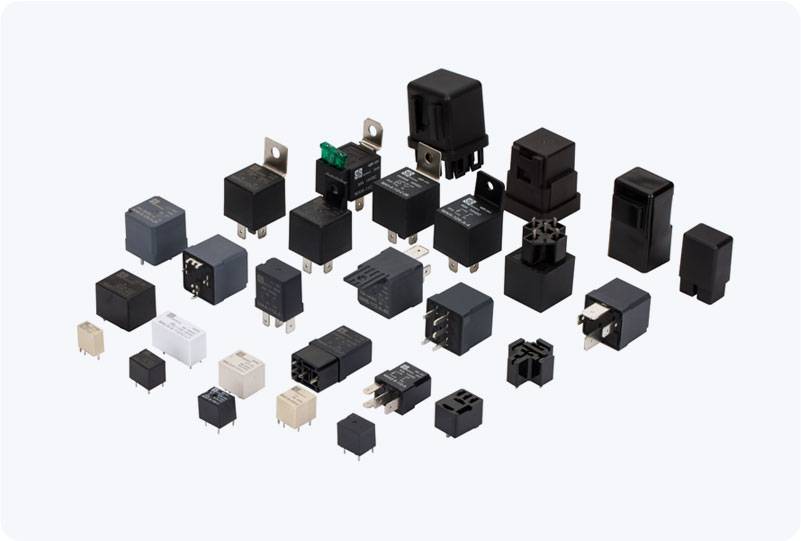Automotive relays are critical components in modern vehicles, serving as the electrical switches that control a wide variety of systems. From the engine control unit to the lighting and air conditioning, relays are responsible for transmitting electrical signals across complex circuits. However, one of the most significant challenges these components face is maintaining their reliability in extreme temperature conditions. Whether subjected to scorching heat in the engine bay or freezing cold in sub-zero climates, automotive relays must perform under harsh environmental conditions. In this article, we will explore the impact of extreme temperatures on automotive relays and discuss solutions for ensuring reliable performance.

Impact of Extreme Temperatures on Automotive Relays Automotive relays are designed to operate within specific temperature ranges. While they are built to withstand some level of heat and cold, extreme temperatures can significantly affect their functionality and lifespan. High temperatures, commonly encountered in engine compartments, and low temperatures, prevalent in cold weather environments, both present unique challenges. High-Temperature Conditions In high-temperature environments, such as the engine compartment or areas near exhaust systems, automotive relays face the risk of thermal damage. Relays consist of various components, including the coil, contacts, and plastic housing, each of which can degrade under excessive heat. For instance, the insulation materials that prevent short circuits may soften, causing an increase in electrical resistance and even failure of the relay. Furthermore, the metal contacts within the relay, which are responsible for conducting electrical current, can experience erosion or even welding at higher temperatures. This leads to poor contact, increased resistance, and ultimately, failure to switch circuits on and off as required.